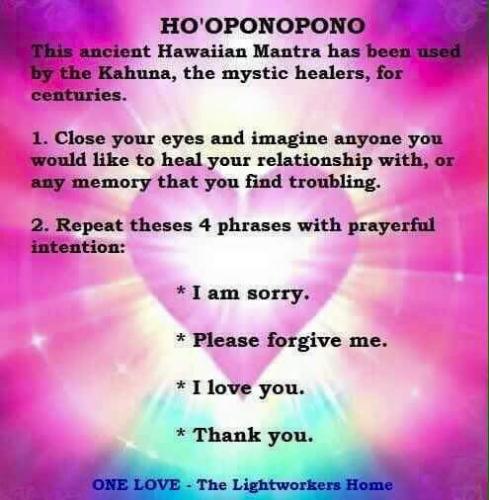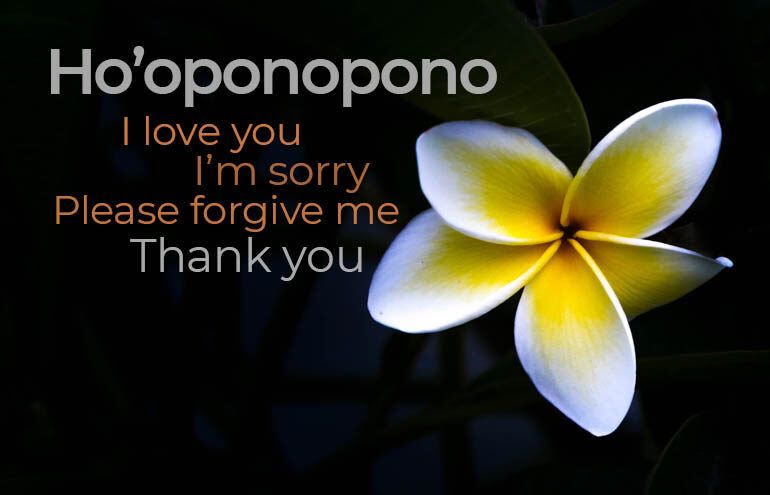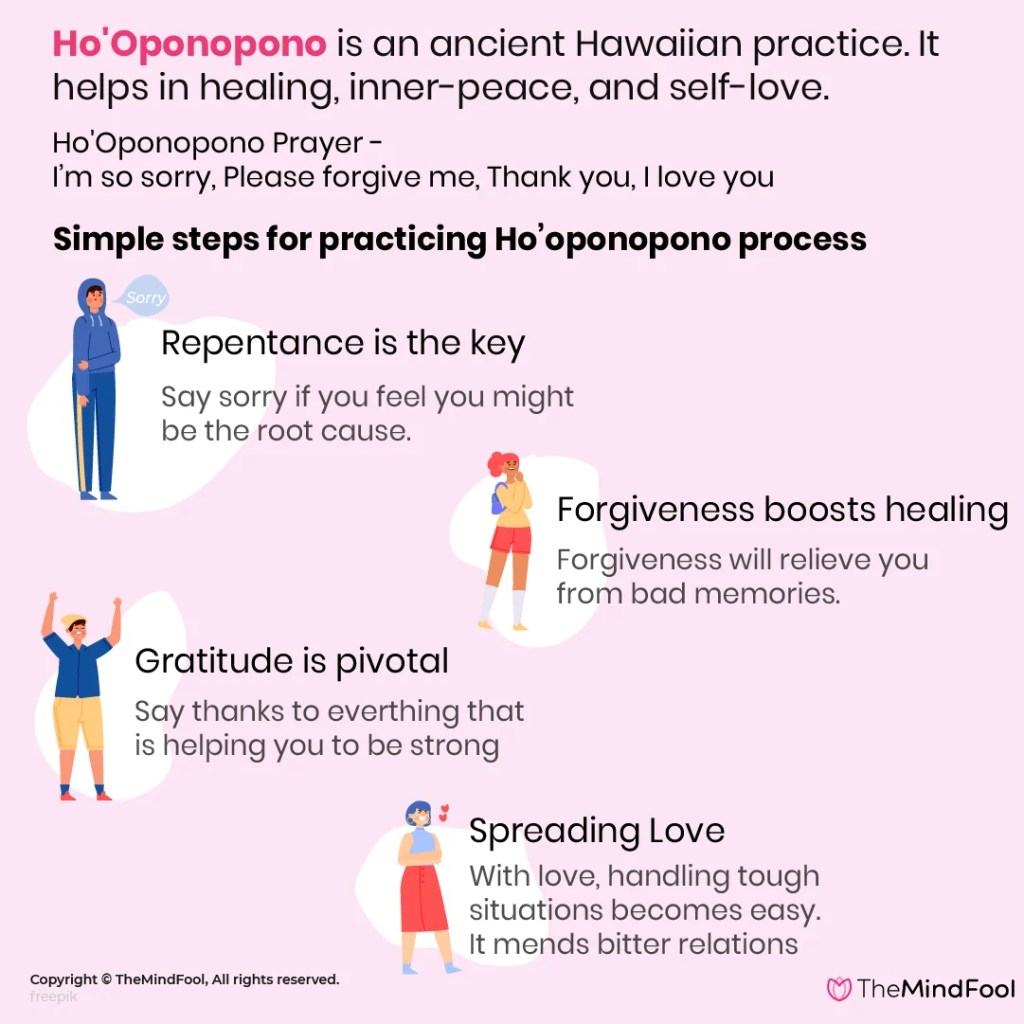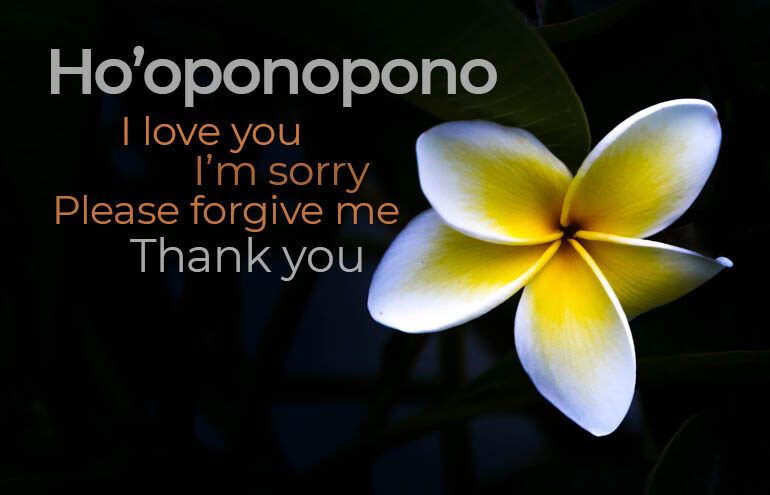Imagine embarking on a powerful and transformative journey towards self-healing and reconciliation. You may have heard about the ancient Hawaiian practice of Ho’oponopono, with its incredible potential to release negative emotions and reestablish harmony in your life. However, you might be wondering what obstacles lie in the path to practicing Ho’oponopono effectively. In this article, we will explore the common barriers that individuals encounter, shedding light on the challenges and providing insights on how to overcome them. So, if you’re ready to unlock the true potential of this profound healing technique, read on to discover the key barriers and empower yourself to experience its full benefits.
Lack of Understanding
Ho’oponopono is a traditional Hawaiian practice that aims to facilitate healing and forgiveness by releasing negative emotions and resolving conflicts within oneself and with others. However, one of the main barriers to practicing Ho’oponopono effectively is the misinterpretation of its principles and techniques. Many people have limited knowledge or information about Ho’oponopono, which leads to a misunderstanding of the process and its purpose.
Misinterpretation of Ho’oponopono
Due to the lack of comprehensive understanding, Ho’oponopono is often misinterpreted as a simple technique for problem-solving or a quick fix for personal issues. This misconception overlooks the depth and spiritual aspects of the practice. Ho’oponopono is not merely about erasing problems but rather about taking full responsibility for one’s actions, thoughts, and emotions.
Limited knowledge or information
Another obstacle to practicing Ho’oponopono effectively is the limited knowledge or information available to individuals. Many people may have only heard a brief mention of Ho’oponopono or read a short article without gaining a deep understanding of its cultural significance or spiritual essence. Without proper knowledge, it becomes challenging to embrace the practice fully.
Misunderstanding the process
Ho’oponopono involves acknowledging and accepting one’s role in creating problems and taking responsibility for the resolution. However, some individuals may struggle to grasp the concept of self-responsibility and mistakenly believe that Ho’oponopono is solely about blaming oneself for the problems. This misunderstanding can hinder the practice and prevent individuals from embracing its transformative power.
Resistance to Self-Responsibility
A significant barrier to effectively practicing Ho’oponopono is the resistance to taking personal responsibility. It can be challenging to face the truth about oneself and acknowledge the role one plays in creating problems or perpetuating negative patterns.
Reluctance to take responsibility
Many people have a natural reluctance to accept responsibility for their actions, thoughts, and emotions. It requires a certain level of humility and self-reflection to acknowledge one’s contribution to conflicts or challenges. This reluctance can prevent individuals from fully engaging in the Ho’oponopono process and limit their ability to heal and grow.
Denial of one’s role in creating problems
Denial is a defense mechanism that we often use to protect our self-image and ego. However, it can hinder the effectiveness of Ho’oponopono. Denying one’s role in creating problems prevents an honest assessment of oneself and inhibits personal growth and healing.
Fear of facing the truth about oneself
Facing the truth about oneself can be daunting and uncomfortable. It may unearth deep-seated fears, insecurities, or unresolved emotions. Fear of confronting these aspects of oneself can create resistance and prevent individuals from fully embracing Ho’oponopono and its potential for healing.

Difficulty in Letting Go
Ho’oponopono promotes the release of negative emotions and attachments to past events. However, there are challenges individuals encounter when trying to let go and move forward in the healing process.
Attachment to negative emotions or past events
Letting go of negative emotions and past events can be difficult, especially when there is a strong attachment to them. Whether it is unresolved trauma, deep-rooted resentment, or the desire for revenge, attachment to negative emotions or past events can hinder progress in Ho’oponopono.
Lack of trust in the process
Trusting the Ho’oponopono process is crucial for its effective practice. However, some individuals may struggle to trust in the process’s effectiveness or question its ability to bring about healing. This lack of trust can create doubt and prevent individuals from fully engaging in the practice.
Resistance to forgiving oneself and others
Forgiveness is a core component of Ho’oponopono, as it plays a vital role in releasing negative emotions. However, individuals may resist the act of forgiving themselves or others due to deeply ingrained beliefs, grudges, or the notion that forgiveness equates to condoning wrongdoing. This resistance can impede progress in Ho’oponopono.
Inconsistent Practice
To effectively integrate Ho’oponopono into one’s life, consistent practice is essential. However, there are several factors that can contribute to inconsistency and hinder progress.
Lack of commitment or discipline
Inconsistent practice often stems from a lack of commitment or discipline. Engaging in Ho’oponopono requires making it a priority in one’s daily routine and dedicating time and effort to the practice. Without commitment and discipline, it becomes challenging to reap the full benefits of Ho’oponopono.
Inability to integrate Ho’oponopono into daily life
Integrating Ho’oponopono into daily life can be challenging, particularly if one’s schedule is already occupied with various obligations and responsibilities. It may require small adjustments and conscious efforts to incorporate the practice seamlessly, such as setting reminders or creating designated time for Ho’oponopono.
Forgetting to practice regularly
Life’s distractions and busyness can cause individuals to forget or neglect their regular Ho’oponopono practice. Forgetting to practice regularly can hinder progress and limit the effectiveness of Ho’oponopono in bringing about deep healing and transformation. It is important to find ways to remember and prioritize the practice in order to experience its benefits fully.

Skepticism or Doubt
Skepticism and doubt can act as significant barriers to effectively practicing Ho’oponopono. The belief that the practice is either ineffective or too simple to bring about real change can hinder a person’s willingness to engage wholeheartedly.
Questioning the effectiveness of Ho’oponopono
Skepticism regarding the effectiveness of Ho’oponopono can stem from a lack of personal experience or understanding. Individuals may question whether a simple process of repetition and intention can truly lead to healing and resolution. However, it is important to remember that the power of Ho’oponopono lies in its simplicity and the intentions behind the practice.
Lack of faith in the process
Lack of faith in the Ho’oponopono process can hinder progress and prevent individuals from fully engaging in the practice. Without belief in the transformative power of Ho’oponopono, doubt may overshadow the potential for healing and growth that the practice offers.
Belief that it is too simple to be effective
The simplicity of Ho’oponopono can sometimes lead individuals to believe that it is not a powerful enough practice to bring about significant change. However, it is important to recognize that simplicity does not diminish the effectiveness of a practice. Ho’oponopono’s power lies in its ability to address the root cause of problems and promote inner healing, even in its seemingly straightforward approach.
Cultural and Language Barriers
Ho’oponopono originates from Hawaiian spirituality and traditions, and cultural and language barriers can pose challenges to individuals seeking to practice it effectively.
Limited availability of resources in different languages
Ho’oponopono resources, such as books and courses, may often be primarily available in English, limiting access for those who do not speak the language. This language barrier can hinder individuals from gaining in-depth knowledge and guidance on practicing Ho’oponopono effectively.
Lack of cultural sensitivity or understanding
Without a deep understanding of Hawaiian spirituality and traditions, individuals may struggle to connect with the essence and cultural significance of Ho’oponopono. Cultural insensitivity or lack of understanding can hinder the practice and prevent individuals from fully embracing its teachings.
Unfamiliarity with Hawaiian spirituality or traditions
For individuals unfamiliar with Hawaiian spirituality or traditions, practicing Ho’oponopono can feel distant or disconnected. The unfamiliarity with the cultural context may make it challenging to fully grasp the essence and purpose of Ho’oponopono, hindering effective practice.

Unresolved Trauma or Emotional Baggage
Ho’oponopono offers a path to healing and releasing emotional baggage. However, unresolved traumas and deep-rooted emotional wounds can obstruct progress in the practice.
Deep-rooted emotional wounds
Deeply ingrained emotional wounds, stemming from past experiences or traumatic events, can be challenging to address and heal. The weight of these wounds can prevent individuals from fully engaging in Ho’oponopono and hinder genuine emotional and spiritual transformation.
Unresolved traumas affecting the healing process
Traumatic experiences that have not been adequately resolved can impact the healing process in Ho’oponopono. The unresolved traumas may continue to influence one’s thoughts, emotions, and behaviors, creating a barrier to the complete surrender and release that Ho’oponopono requires.
Inability to let go of past hurts or grievances
Releasing past hurts or grievances is a crucial aspect of Ho’oponopono. However, individuals may struggle to let go of deeply held resentments or grudges. The inability to let go can hinder progress and limit the transformative potential of the practice.
Lack of Support or Guidance
Practicing Ho’oponopono can be challenging without the support and guidance of experienced practitioners or a supportive community.
Absence of a mentor or experienced practitioner
Having a mentor or experienced practitioner can provide valuable guidance and support in navigating the intricacies of Ho’oponopono. However, the absence of such guidance may leave individuals feeling lost or uncertain, preventing them from fully embracing the practice.
Limited access to a supportive community
A supportive community can offer encouragement, understanding, and a sense of belonging to individuals practicing Ho’oponopono. However, limited access to such a community can leave individuals feeling isolated or lacking the necessary support, hindering their ability to practice Ho’oponopono effectively.
Inadequate guidance on the practice of Ho’oponopono
Without proper guidance, individuals may struggle to grasp the nuances of Ho’oponopono and its practical application. Inadequate guidance can lead to uncertainty and hinder progress in embracing the practice fully.

Impatience or Unrealistic Expectations
Ho’oponopono is a process that unfolds gradually, requiring patience and realistic expectations. However, impatience and the desire for immediate results can undermine one’s ability to practice Ho’oponopono effectively.
Desire for immediate results
In a fast-paced world where instant gratification is often sought, the desire for immediate results can interfere with the practice of Ho’oponopono. The healing process may take time, and expecting quick fixes can create frustration and impede progress.
Lack of understanding of the process’s gradual nature
Ho’oponopono is a gradual process that works on deep levels of consciousness and unresolved emotions. It may take time to unravel and heal these layers. Lack of understanding about the process’s gradual nature can lead to impatience and limited progress in the practice.
Expecting Ho’oponopono to solve all problems quickly
While Ho’oponopono is a powerful practice, it is not a magical solution that can instantly solve all problems. Expecting Ho’oponopono to resolve every issue quickly can lead to disappointment and discourage individuals from persisting in the practice.
Negative Beliefs or Mindset
Negative beliefs and a resistant mindset can act as significant barriers to effectively practicing Ho’oponopono.
Deeply ingrained negative beliefs
Negative beliefs about oneself, others, or the world can hinder progress in Ho’oponopono. These deeply ingrained beliefs can create resistance, limited perspectives, and negative thinking patterns that obstruct the healing and transformative aspects of the practice.
Resistance to change or personal growth
A resistant mindset that resists change and personal growth can prevent individuals from fully embracing the healing potential of Ho’oponopono. The resistance may stem from fear, comfort in familiar patterns, or a lack of belief in one’s own ability to change.
Lack of belief in one’s own ability to heal
Self-doubt and a lack of belief in one’s own ability to heal can undermine the effectiveness of Ho’oponopono. Embracing the practice requires having faith in one’s own capacity for growth and transformation, and a lack of belief can hinder progress.
In conclusion, there are various barriers to practicing Ho’oponopono effectively. These barriers range from a lack of understanding and resistance to self-responsibility, to difficulty in letting go, inconsistent practice, skepticism, cultural and language barriers, unresolved trauma, lack of support or guidance, impatience, and negative beliefs or mindset. Understanding and acknowledging these barriers is the first step in overcoming them and fully embracing the transformative power of Ho’oponopono. With dedication, openness, and a willingness to explore and heal, individuals can gradually break through these barriers and experience the profound healing and growth that Ho’oponopono offers.

